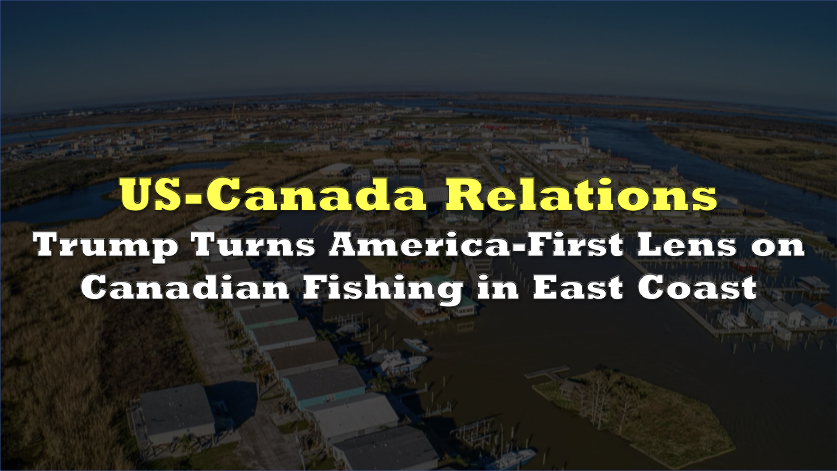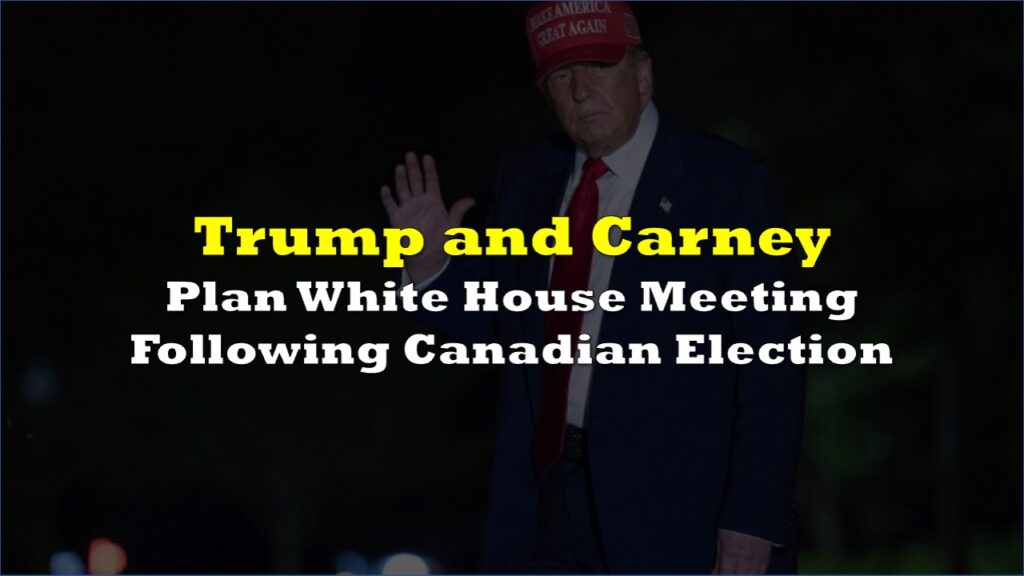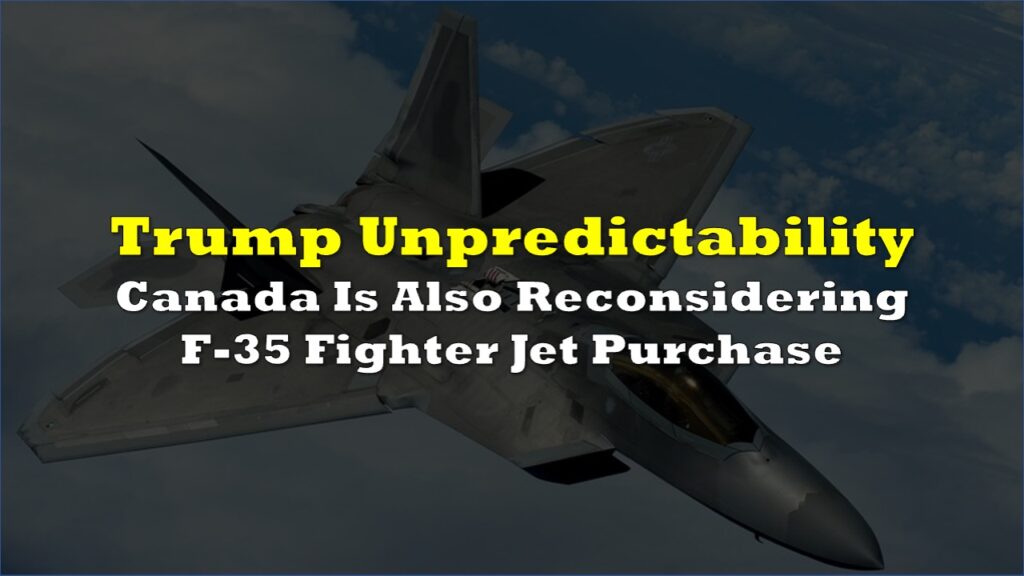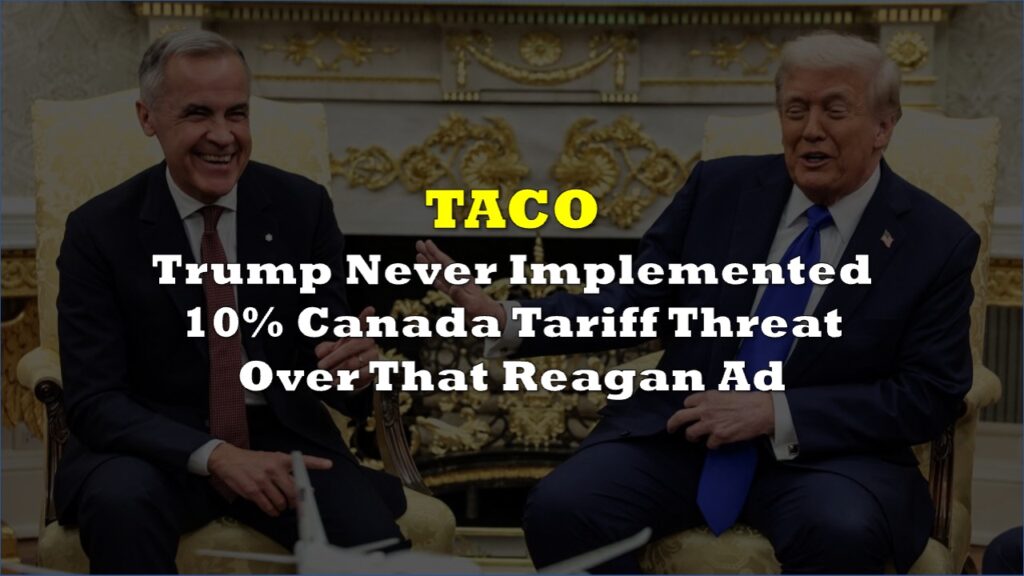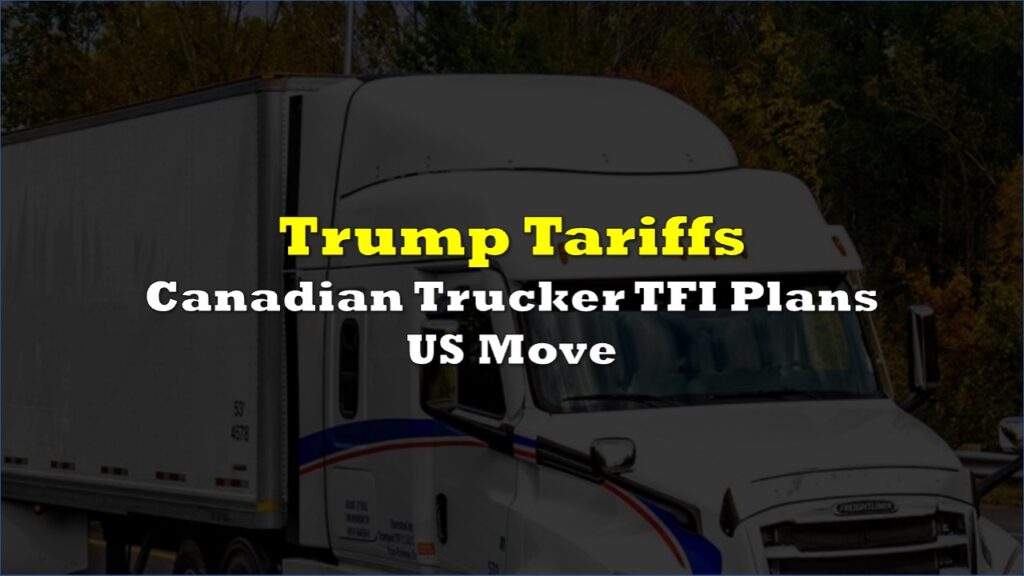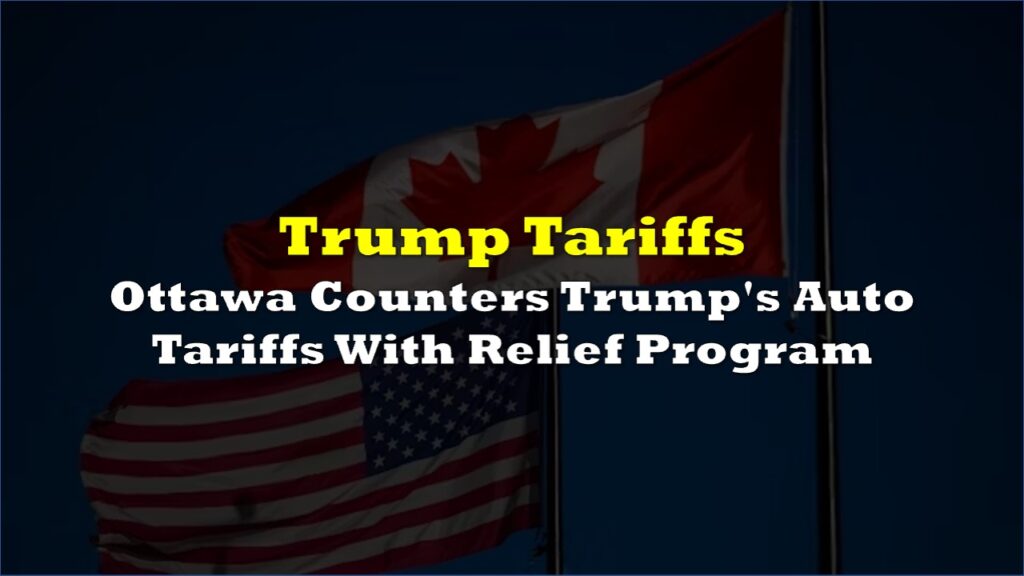President Donald Trump recently posted a video on Truth Social that seems to signal a new political front: industrial bait fishing in US waters, largely attributed in the clip to a Canadian-owned fleet that targets Atlantic menhaden.
The said video cast the issue as an existential threat to America’s $138 billion saltwater recreational sector and the 700,000 US jobs it supports, declaring that “ending industrial bait fishing in the Atlantic and Gulf of America would be the single most significant presidential action ever to elevate the US fishing economy.”


Interviewees in the video accuse Ottawa-backed vessels of removing “51,000 metric tons—112 million pounds—of menhaden from the bay every year.” One calls it “the pillaging of menhaden in the Chesapeake Bay… to the benefit of the Canadians.”
Menhaden, referred in the video as “the most important fish in the sea,” underpin food chains for striped bass, bluefish, red drum, dolphins, and seabirds.
“No bait, no fish,” one fisherman says. Another bluntly adds, “The only two states that are allowing it are being pillaged by foreigners, and that’s a fact.”
Near the end of the clip, one of the interviewees vows to “go to the Trump administration and ask for a presidential executive order to end this complete ecological and economic disaster.” The request fits Trump’s pattern of using executive power to restrict foreign access to US resources, yet it would test interstate jurisdiction: individual coastal states, not Ottawa, set most menhaden quotas. Any White House order would need to override state caps or lean on the Magnuson-Stevens Act to curb purse-seine activity in federal waters.
Politically, the gambit offers Trump a relatively low-risk headline at a moment when critics say he “really needs a win.” Targeting a Canadian firm—acknowledged by trade watchers to control roughly two-thirds of the coast-wide quota—avoids punishing domestic voters while burnishing “America First” credentials ahead of the 2026 midterms.
Canada in bait?
Regulatory authority over Atlantic menhaden rests chiefly with the Atlantic States Marine Fisheries Commission, which sets the coastwide total allowable catch and allocates that quota among the 15 Atlantic jurisdictions. Every state from Maine to Florida then determines its own seasons, gear rules, and enforcement inside the three-mile line.
Vessels operated by a Canadian parent but fishing on US permits must still comply with those state-level rules, so foreign ownership provides no regulatory loophole.
The most recent quota action came in November 2022, when the ASMFC boosted the coastwide allocation by about 20%—to 233,550 metric tons for the 2023-25 seasons—after an assessment confirmed the stock is neither overfished nor experiencing overfishing. The board also kept in place the 51,000-metric ton cap on reduction harvests inside Chesapeake Bay, a limit first lowered from 87,216 mt in 2017 to prevent localized depletion.
No coastwide reduction or formal “settlement” occurred in 2024, though an October 2024 ASMFC work group began evaluating further tweaks to allocation and by-catch provisions for 2026-28.
Lol. So much BS in this clip. Canada isn't responsible for how the states themselves regulate their own fisheries.
— Watcher (@WatcherAfar) July 6, 2025
This video is a triumph of emotion over facts. A one sided view of a dispute that has already been resolved.
— Mark Brooks 🇨🇦 #StandWithUkraine (@MarkwBrooks) July 5, 2025
But hey, when has that ever stopped a politician?
Especially one needing a quick win because his lack of courage is encouraging WW3 in Europe?
The video’s narrative framing also omits commercial processing jobs tied to bait fishing—particularly in Reedville, Virginia, where the Canadian-owned fleet supports hundreds of US workers. An abrupt federal ban could trigger local layoffs and litigation, complicating the White House calculus.
Despite this, the new angle push from the Trump administration could have a sharper blade than it looks. Prime Minister Mark Carney is under pressure to end a tariff war that has already pushed Canada’s trade deficit to a record $7.1 billion in April and nudged unemployment to 7% in May, a nine-year high. Early in June, a pulled story alleged that Washington and Ottawa are close to a pact giving the US first right of refusal on Canadian resources, particularly critical minerals, in exchange for the lifting of tariffs on Canada’s exports to the US.
Ottawa also scrapped its 3% Digital Services Tax just hours before the first payments were due, a move meant to coax Washington back to the trade table amidst the tariff conflict. However, Trump recently sent Canada a 35% tariff letter set to take effect August 1. The US leader still insists that Canada failed “to stop the flow of fentanyl” despite US Customs data showing that only 0.2% of fentanyl seizures occur at the northern border.
Carney replied that Ottawa “has made vital progress to stop the scourge of fentanyl” and will “steadfastly defend our workers and businesses” as talks continue toward a July 21 deadline for a broader trade pact.
Information for this story was found via the sources mentioned. The author has no securities or affiliations related to the organizations discussed. Not a recommendation to buy or sell. Always do additional research and consult a professional before purchasing a security. The author holds no licenses.

